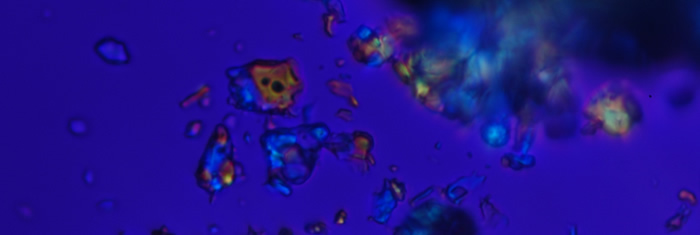Research Applications
Many important inorganic material properties are enabled, controlled, and sometimes damaged by low concentration chemical species. Examples include heterogenous catalysts, protonic membranes, or optical materials, where scarce atomic configurations can have major influence on the catalytic functionality, protonic transport, optical emission, or electronic response. My research leverages improvements in theory, computational predictions, experimental spectroscopy, and novel synthesis methods to characterize impurities in solid-state systems.
Research Applications
- Intermediate and Solid Acid Fuel Cells
- Remediation with Geologic Materials
- Cements
- Optical Materials
Intermediate Fuel Cells and Solid Acid Fuel Cells
The current pursuit to curb CO2 emissions is dominated by replacing traditional energy technologies with highly efficient devices. Within the “fuel to power” domain, which is likely to dominate remote power generation and long-haul transportation, fuel cells have emerged as a possible replacement for combustion engines. Intermediate fuel cells, such as Solid Acid Fuel Cell (SAFCs), are a subset of fuel cell technologies, and are defined by their membranes which operate at elevated temperatures (200 to 400 C) materials. Although intermediate temperature fuel cells offer several advantages, significant research is likely needed to optimize atomic scale protonic transport for high performance in macroscale devices.
 CsH2PO4 nanofiber mat for interconnected fuel cell anodes These mats are produced using scalable synthesis techniques and electrospinning devices I developed.
CsH2PO4 nanofiber mat for interconnected fuel cell anodes These mats are produced using scalable synthesis techniques and electrospinning devices I developed.
Remediation with Geologic Materials
Heavy metals in freshwater, especially those introduced by legacy mining, nuclear projects, and industrial waste streams, pose serious environmental hazards. Mining and industrial waste streams are particularly problematic, as complete capture of heavy metals is difficult and often associated with enormous energy and financial costs. Geologically abundant materials, such as ground limestone, anthracite coal, and scoria, are frequently proposed as inexpensive filtering media, but their use is rarely paired with an understanding of the subtleties of short and long term geochemistry.
 Optical microscopy on crushed synthetic forsterite grains Grains of crushed olivine, an abundant natural material with potential for CO2 sequestration and heavy metal remediation.
Optical microscopy on crushed synthetic forsterite grains Grains of crushed olivine, an abundant natural material with potential for CO2 sequestration and heavy metal remediation.
Cements
Despite cement's widespread use and the enormous greenhouse gas emissions related to its production, the materials and methods used to produce cement have seen relatively minimal improvements over the last 190 years. The insight needed for creating the greener cements of tomorrow may actually come from a deeper understanding of the crystal structures and atomic species found in current and historic cements. My research in this area includes directed studies of key cement minerals, such as B-belite, as well as the application of computer algorithms to increase the capacity of spectroscopic techniques for studying these minerals.
 Electron microscopy of B-belite grains The thermodynamics of phase stability can often be influenced by minor changes in composition. In the above image, B-belite grains are stabilized by adding 0.3 wt% Al.
Electron microscopy of B-belite grains The thermodynamics of phase stability can often be influenced by minor changes in composition. In the above image, B-belite grains are stabilized by adding 0.3 wt% Al.
Optical Materials
 Studying optical materials from new perspectives. My research has introduced paramagnetic NMR as powerful method for studying solid-state laser materials.
Studying optical materials from new perspectives. My research has introduced paramagnetic NMR as powerful method for studying solid-state laser materials.
Optical materials play many key roles in the technological progress of our world, from enabling self-driving cars to detect pedestrians to reflecting the beam of light that enabled the observation of gravity waves. These materials' usefulness often depends on subtle changes to chemical composition and atomic arrangement; tailoring this composition can affect optic qualities. Additionally, many of the qualities that make optical materials great for optics also make them fascinating playgrounds for learning more about the complex nature of chemical bonding and distribution.
The majority of spectroscopic research in this field uses (with little surprise) optical spectroscopy. While it is a powerful and aptly suited technique, it is, like all spectroscopy techniques, only able to observe part of the picture. My research has presented an efficient NMR spectroscopic approach that uses the effects of unpaired electronic spins to observe atomic distribution in optical grade materials such as laser, scintillators, and phosphors. In future work I intend to merge my expertise with low concentration NMR to investigate the formation and minimization of grain boundary defects in optical materials, a current problem limiting the application and effectiveness of multicrystalline solid-state laser materials.
